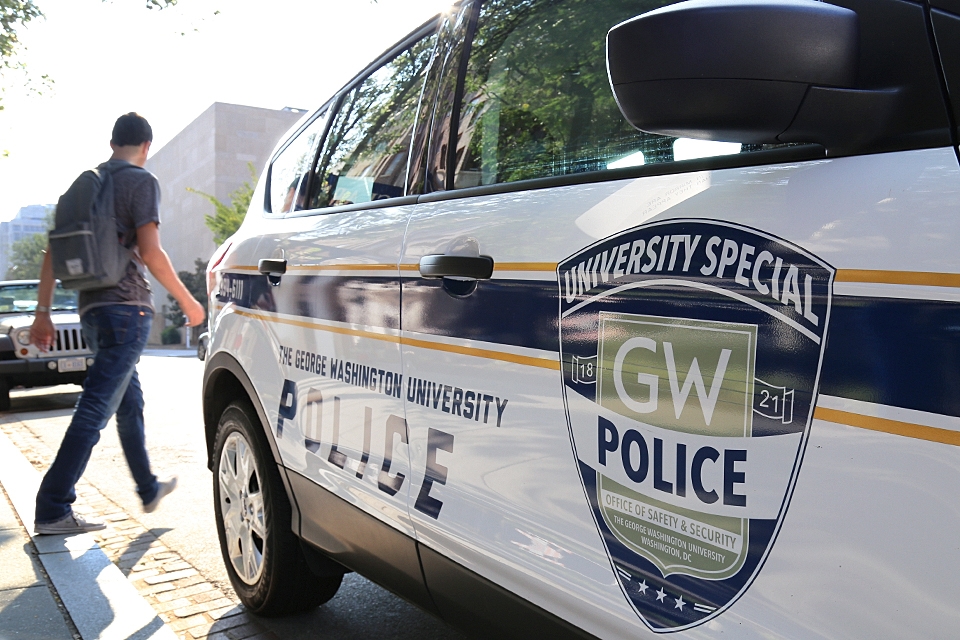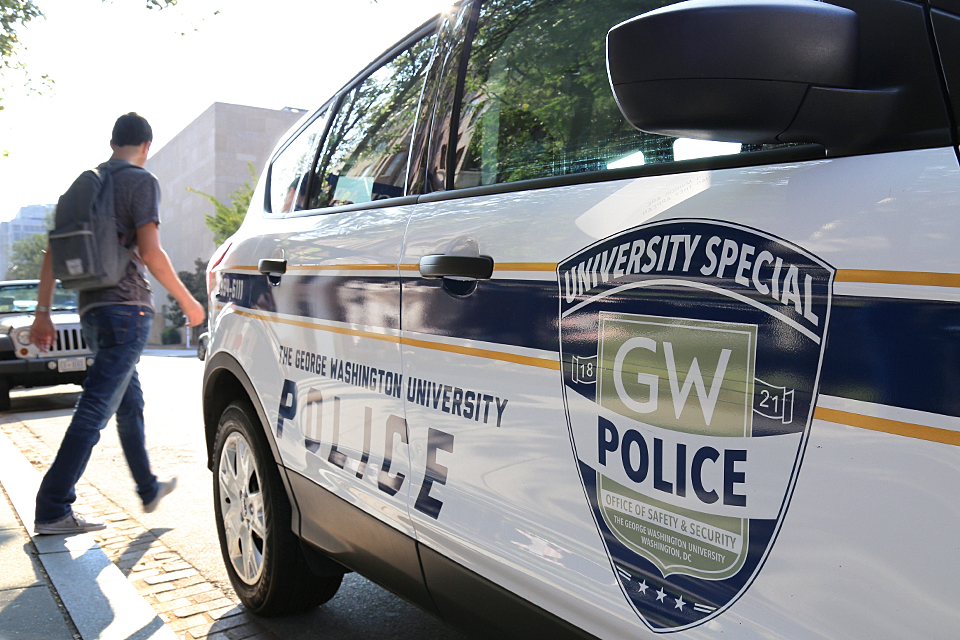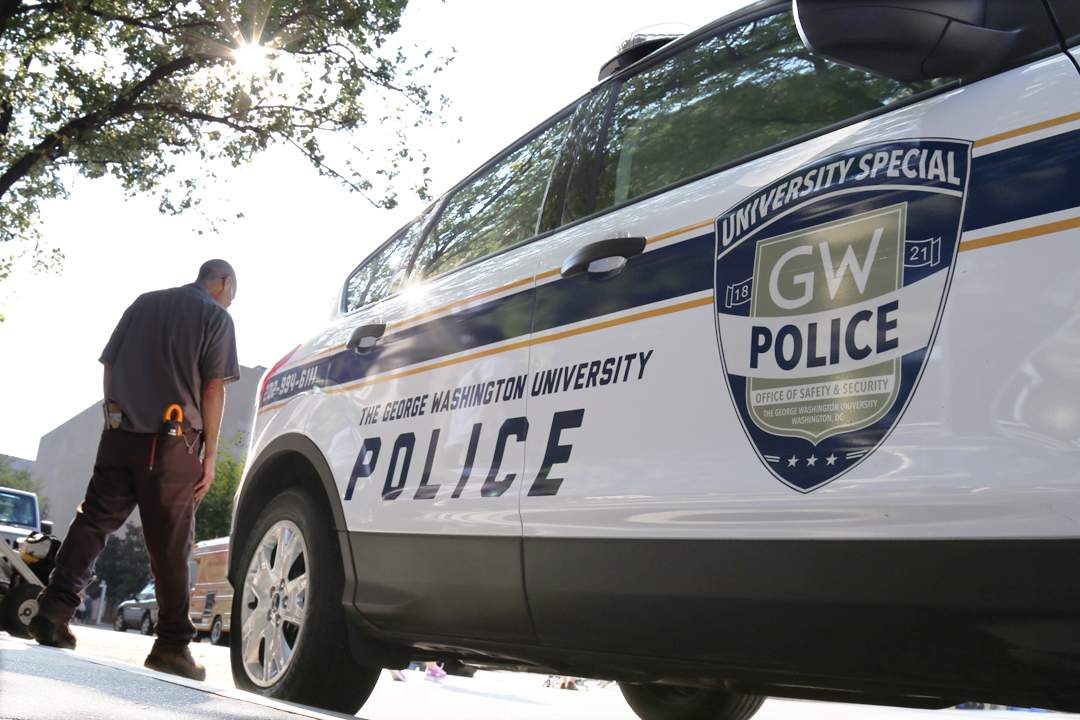The George Washington University, GW Hospital and Medical Faculty Associates will participate in an emergency response exercise Nov. 20 sponsored by the Office of Safety and Security.
The unified response full-scale exercise will take place from 9 a.m. to noon on the Foggy Bottom Campus and will mimic an active shooter scenario. Incident management teams from GW (listed on page 5 of GW’s emergency operations plan), the hospital and the MFA will participate in the exercise, as will the Metropolitan Police Department, the D.C. Homeland Security Emergency Management Agency and Deputy City Administrator Kevin Donahue.
GW, like all colleges and universities, is required by the Department of Education to conduct a campus-wide exercise every year. The university has been planning this one since June, said Darrell Darnell, GW’s senior associate vice president for safety and security. It is a follow-up to an exercise the university conducted two years ago.
“That was what we called a ‘table-top’ exercise, which was basically a decision-making discussion where we went through the actions we would take in the event of an active shooter on campus,” Mr. Darnell said. “Now, we’re following up on that, where we have assets involved that would actually respond. This exercise puts the scenario into an operational space.”
Objectives of the exercise are to assess the coordination of internal and external communications among GW, GW Hospital and the MFA and the effectiveness of their messages during such a scenario. The exercise also will measure the decision-making of senior leadership and the implementation of protective measures and will assess the three organizations’ alert systems and resource management.
George Washington Today’s James Irwin sat down with Mr. Darnell in advance of Friday’s exercise.
Q: What purpose does this exercise serve?
A: It validates our policies and procedures of how we respond to emergency situations. We have an emergency operations plan for the university for situations like this. It gives us an opportunity to validate the plan and for members of the Office of Safety and Security to practice what they train to do. It’s an opportunity to get as close to a real environment as you can.
Q: In what ways will it mimic an actual emergency?
A: We want to have as much realism as possible. Some of the folks from my office who are participating don’t know the location because we want them to act as if this were a real situation. The people participating know there will be an exercise, and they know the time and day it will occur. But they don’t know the scenario, and they don’t know where it will occur. They don’t know how it will play out. And that includes me. I don’t know the details. So, I’ll be acting in real-time as well.
Q: Is it in a controlled environment? How will people know this is an exercise and not a real-life emergency?
A: It will be in a controlled environment. Students, faculty, staff and visitors will be able to continue throughout their normal routine. We’ll be putting out information to let people know the exercise is going on. If they’re anywhere near the control area where the exercise will be taking place, we will have controllers on the periphery who will let people know it is an exercise
Q: What will be assessed during debriefings following the exercise?
A: We’ll get some recommendations from evaluators—what we did well, strengths, weaknesses and where we can change some of our policies or procedures. This also will give us an opportunity to see how effective the emergency response handbook and the campus advisory website have been in helping people understand what they should do in this situation. One of the things we started last academic year was having a safety and security briefing on Blackboard for professors to provide on the first day of the school year to their students on what to do during an emergency situation on campus. This exercise will give us an opportunity to see how effective those materials have been.





